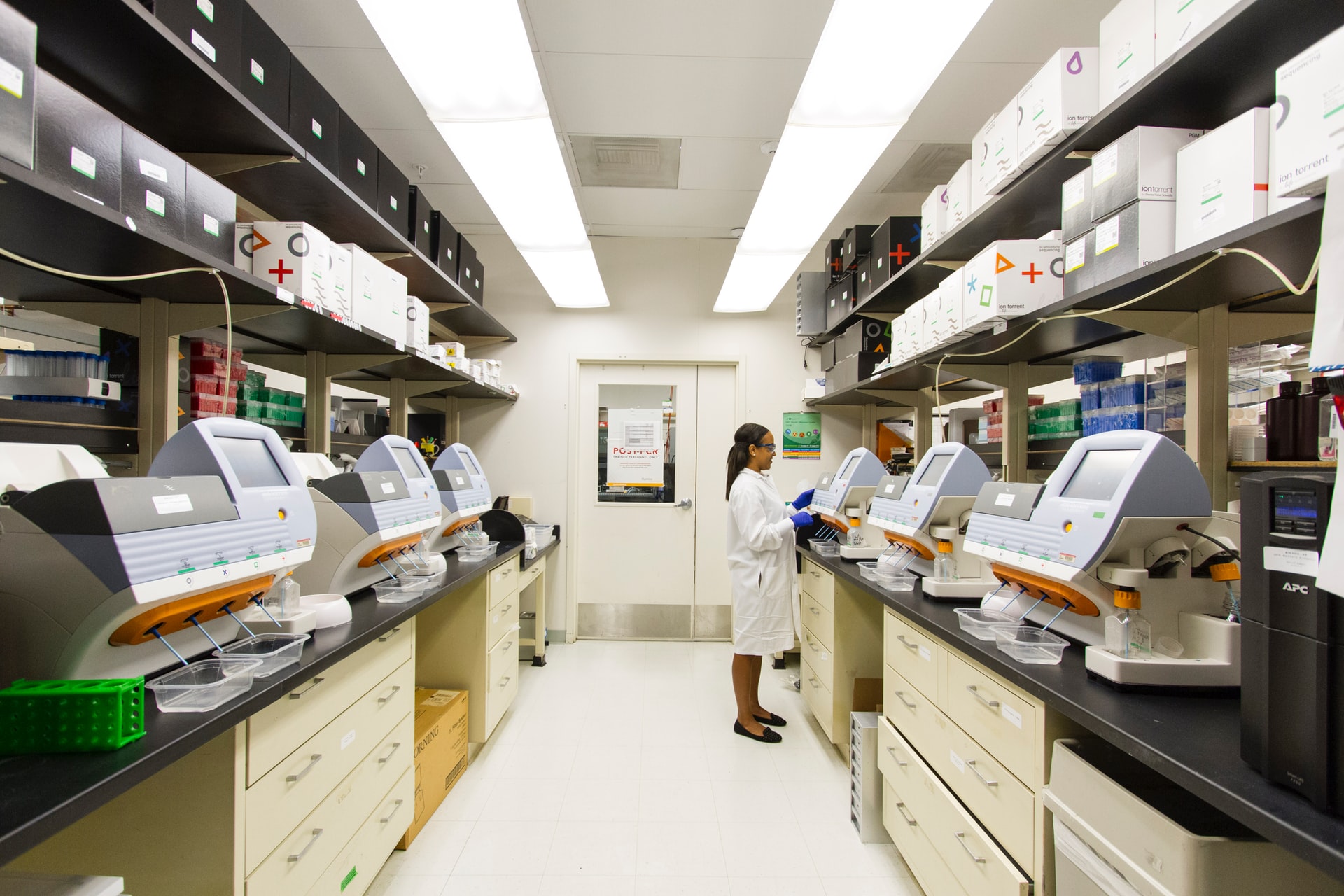There are now 20 confirmed coronavirus infections in New Zealand – with 12 of them being announced in the last 24 hours.
Social distancing and self-isolation have been much talked about methods to slow the disease’s spread and avoid overwhelming our limited health resources. Serious coronavirus cases are taken to some of the 268 negative pressure rooms or 176 ICU beds across the country.
The SMC asked experts to comment on:
- How patients are treated.
- Whether the health system can cope.
- How the disease is likely to spread further.
Dr Ayesha Verrall, Senior Lecturer, Department of Pathology and Molecular Medicine, University of Otago, Wellington, comments:
“Patients who are thought to have Covid-19 enter hospital into an isolation room with staff wearing masks, gloves and aprons from the beginning.
“Their initial assessment would be focused on working out if it was coronavirus or another infection, and assessing how severe it is.
“People who have severe illness are those who are struggling to maintain good blood oxygen levels or who have signs of poor function of other organs on their blood test.
“We know Chinese doctors found CT scans were very helpful in working out if people had a viral pneumonia but we’re still figuring out if this a feasible part of our routine assessment.”
How are coronavirus patients treated?
“The treatment for coronavirus is supportive. That means there isn’t a specific antiviral medicine that can use to shorten the illness or reduce its severity.
“The main support people need is with their breathing, either oxygen delivered by a thin tube to their nose, or if that isn’t enough their breathing can be supported by a machine that breathes for them called a ventilator. This type of support can only be given in intensive care units by highly specialised staff.
“Data so far suggests people with Covid-19 have longer stays in hospital than for other infections. Mild cases might stay for a week, and severe cases for a couple of weeks or more.
“Scientists around the world are looking for treatments for Covid-19 and that includes studying existing medicines that are effective other viruses. New Zealand and Australian doctors are collaborating on these studies.”
Conflict of interest statement: Dr Verrall is the deputy chair of Capital and Coast DHB.
Dr Michael O’Sullivan, healthcare operations research specialist, University of Auckland, comments:
“Even before the coronavirus pandemic, we were working with various organisations within the NZ health system to help them deal with their workloads more effectively and to allocate key resources in the best way possible.
“The pandemic is going to place extra load on health resources with the extra complexity of infection and the need for isolation, not to mention the problem of healthcare providers becoming infected and needing to be isolated/recover.
“Other services, such as elective surgeries, may need to take a back seat to coronavirus treatment in the short/medium-term. I think careful planning and hard work are going to be needed for NZ’s health system.”
What if everyone took measures to flatten the curve?
“Flattening the curve will definitely help because it means that the demand for coronavirus treatment resources, e.g., negative pressure rooms, will be spread out over a longer time period.
“This means that utilisation of these resources will be more manageable and it will also enable health practitioners to get time to recuperate and refresh.”
What else can the public or the health system can do to ease the burden of patients?
“We have been working on models for virtual health organisations, e.g., hospitals, medical centres, etc, that enable these organisations to experiment with various initiatives like dedicated coronavirus services, phone triage, etc, and evaluate their effect on both the health system and patient experiences and outcomes.
“There are many trade-offs that may need to be explored before an organisation settles on the best way forward for their staff and patients.”
No conflict of interest declared.
Professor Mick Roberts, Professor in Mathematical Biology, Massey University, Auckland, comments:
“In order to model how the virus might spread once community transmission has started, we need to estimate the generation interval and the basic reproduction number.
“The generation interval (average time from me being infected to me infecting others) is not observable, so it is usually inferred from the serial interval (average time from me developing symptoms to those that I infect developing symptoms). The basic reproduction number is the average number of others that I infect while I am infectious.
“Both of these quantities are difficult to estimate, especially in the early stages of an epidemic, and they differ between communities. But both of these quantities are needed to forecast the rate of spread of infection, and the effectiveness of potential control measures.
“For example, a short generation interval makes contact tracing and isolation less effective, and a low basic reproduction number makes social distancing more effective.”
How does this apply to New Zealand?
“There is no evidence of community transmission in New Zealand at the moment. Most international estimates have a basic reproduction number greater than two, and a generation interval of around six days.
“An epidemic with these characteristics, without any interventions or behaviour change in the population, would infect around 80% of the population. This is not going to happen. Interventions have already been announced, and it is important that these are respected.
“Modelling studies are continuing in order to get better estimates, and to determine the likely effect of interventions on reducing the basic reproduction number and increasing the generation interval. Taken together this will reduce the incidence of infection and the burden on the health service.”
No conflict of interest.
